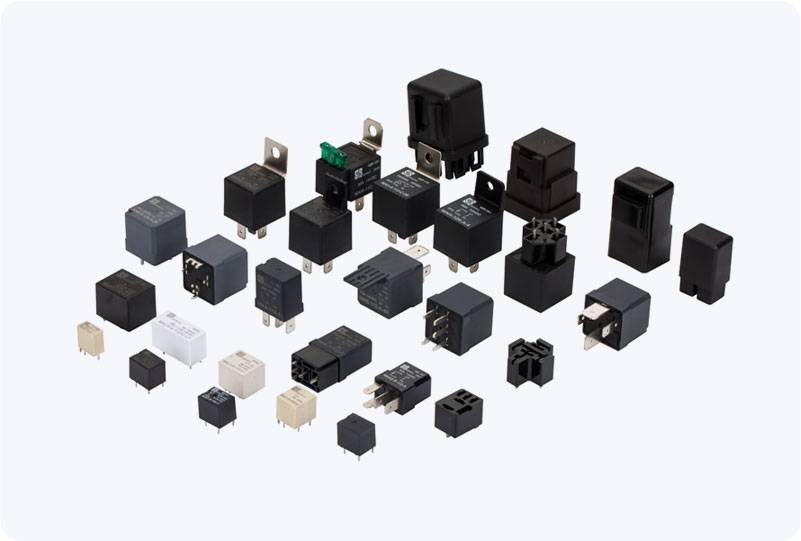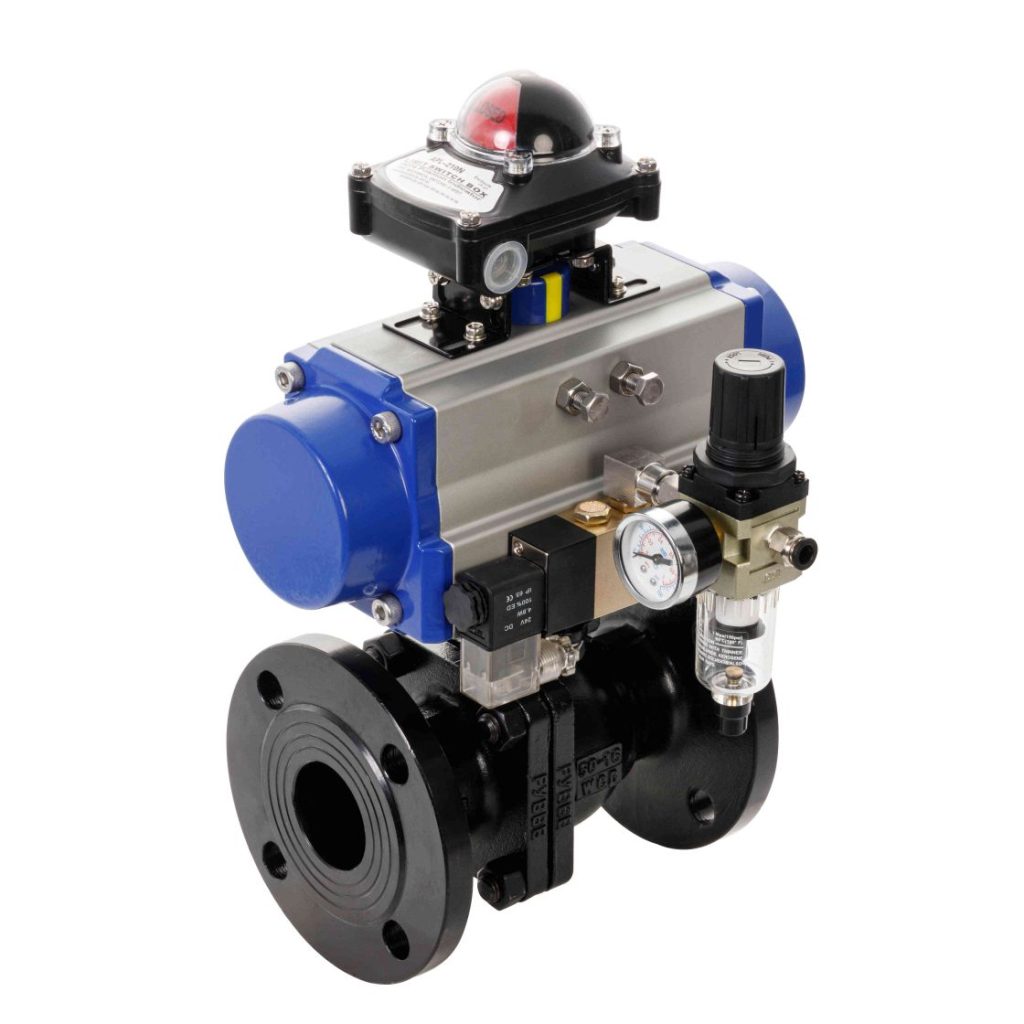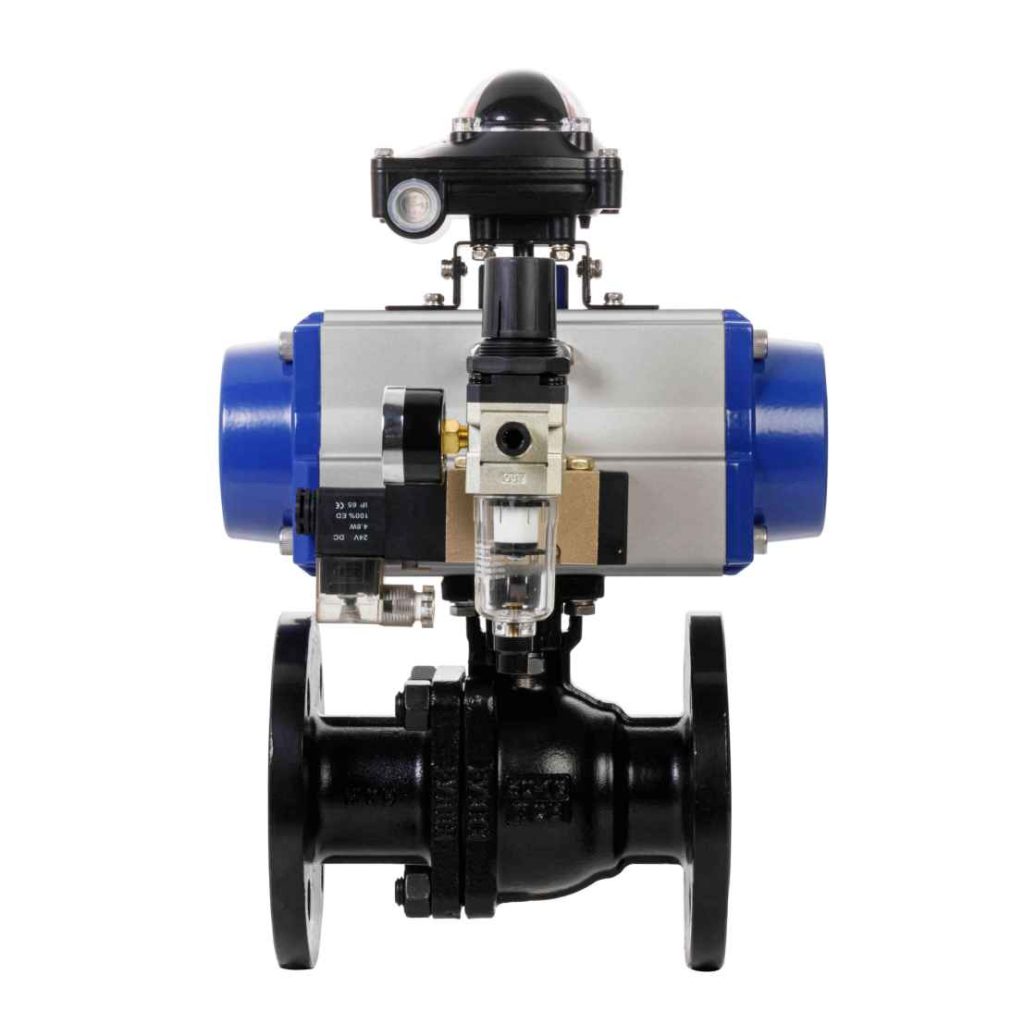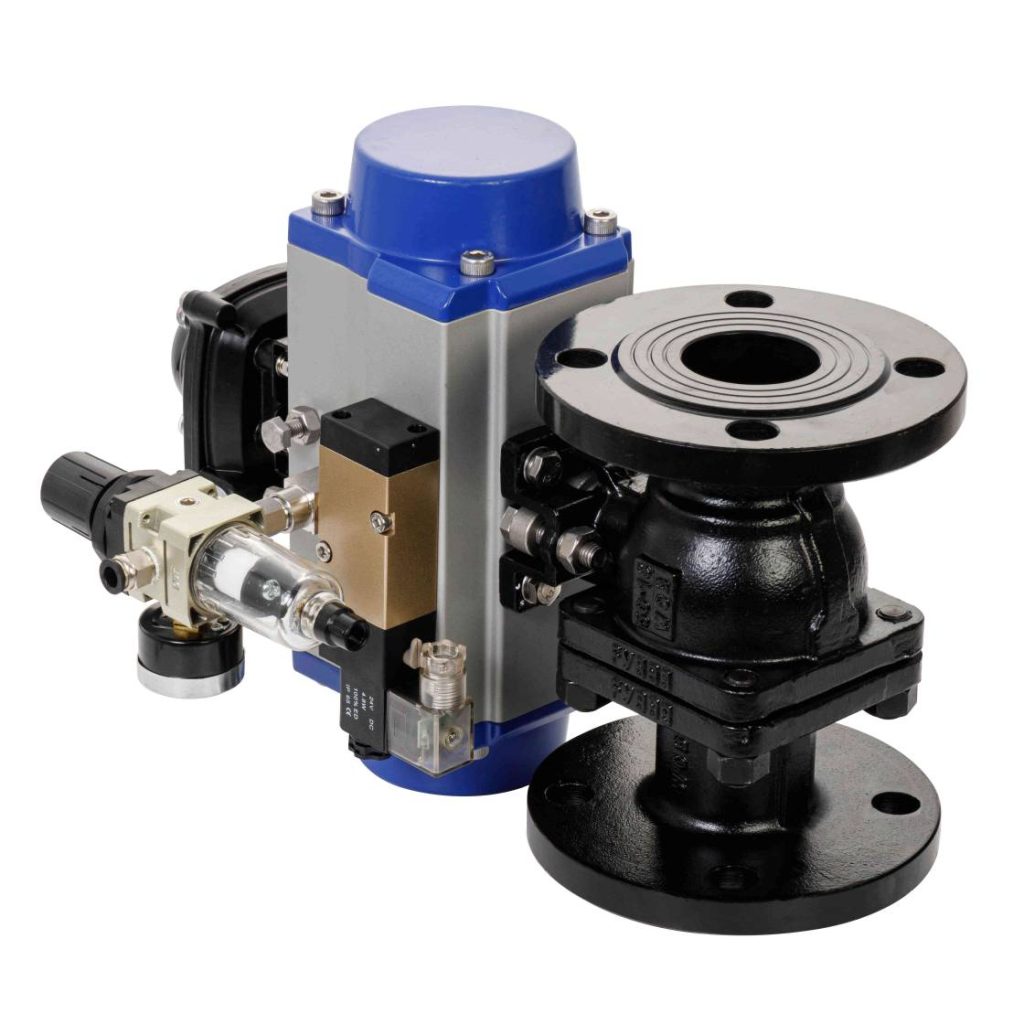Lockout/Tagout (LOTO) procedures are critical for ensuring worker safety in industries where machinery or equipment is maintained, repaired, or cleaned. One of the key elements of these procedures is the use of Safety LOTO Locks, which are designed to prevent the accidental activation or release of hazardous energy while workers perform maintenance. The importance of these locks cannot be overstated, as they play a vital role in protecting workers from injuries caused by the unintended release of electrical, mechanical, hydraulic, or thermal energy. This article will explore the role of Safety LOTO Locks, their components, and the regulations surrounding their use.

What is a Safety LOTO Lock? A Safety LOTO Lock is a physical lock used to isolate equipment from energy sources, ensuring that the equipment cannot be operated until it is safe to do so. These locks are part of the broader Lockout/Tagout procedures, which are designed to safeguard workers who are exposed to hazardous energy during maintenance work. When a machine or piece of equipment is undergoing repairs, a LOTO lock is applied to the energy-isolating device (such as a valve or electrical switch) to physically prevent it from being turned back on. The LOTO procedure involves two main actions: locking and tagging. Locking involves using a lock to secure the energy-isolating device, while tagging places a warning label on the device to inform others that maintenance is ongoing and the equipment is inoperable. The Safety LOTO Lock serves as a key component in this process, acting as a physical barrier to prevent unintentional energy release.










